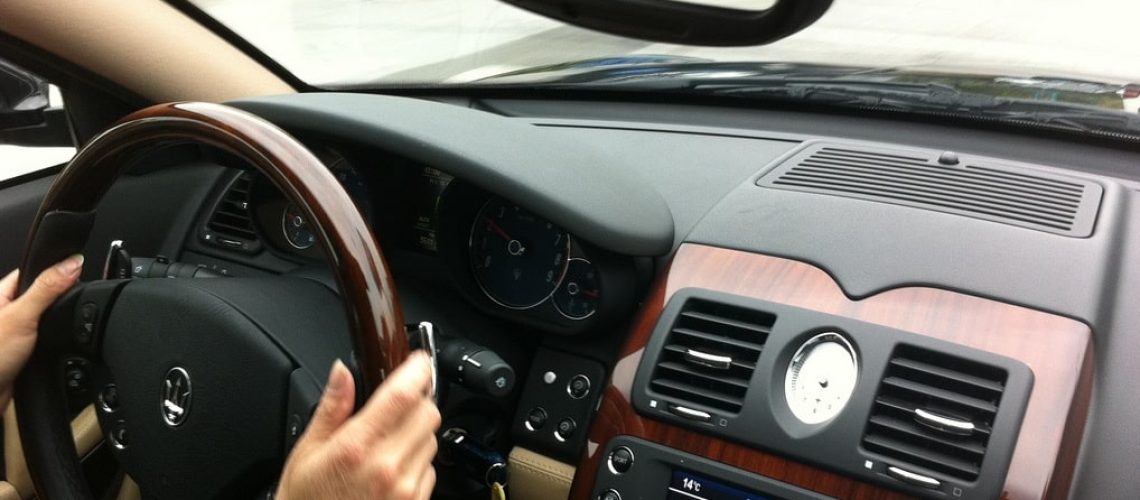
If someone gets into a car accident with your vehicle and they DID have permission to drive it, then you’re clearly liable. Your insurance company will have to defend the claim and your rates will likely go up if the driver of your vehicle is found at fault.
But what if the driver did not have permission to use your vehicle? Then the answer will depend on the circumstances.
This issue was discussed in the recent Alberta case of Xhevat Mustafi v. All-Pitch Roofing Ltd. and Marc A. Carroll.
The defendant Carroll was an employee of All-Pitch Roofing and had no insurance policy of his own. The roofing company dropped Carroll off at a work site. The company owner gave Carroll the keys to a truck that was already at the work site. However, the owner told Carroll that he was not to drive the truck. The truck keys were only for the purpose of warming himself up in the truck (it was a cold winter day) and to obtain tools.
Later in the day Carroll called the owner with bad news. Carroll had driven the truck to a store, had gotten into a collision, and had left the scene of the accident.
Carroll could not be located in the months following the accident. As a result, the Administrator of the Motor Vehicle Accident Claims Act defended the action on behalf of Carroll (as is normal in the case of a hit and run or when a defendant cannot be located).
Related post: Hit & Run Calgary Accident Lawyer Discusses Common Questions
Although the roofing company had not given Carroll permission to use the truck, the Administrator argued that the company was vicariously liable for Carroll’s actions.
The basis for the Administrator’s argument was Section 187 of Alberta’s Traffic Safety Act. It states that the owner of a motor vehicle is responsible for loss or damage if the driver was in possession of the vehicle with the express or implied consent of the owner. The Administrator also pointed to Section 1(1)(1) of the Traffic Safety Act, which states that “‘driving’ or ‘drive’ includes having the care or control of a vehicle.”
Despite this argument by the Administrator, the Court ruled in favour of All Pitch Roofing. The roofing company was found not liable for Carroll’s accident.
In reaching its decision, the Court relies on previous case law and the wording of the legislation to conclude that consent to the possession of a vehicle is not the same as consent to drive a vehicle. Since Carroll did not have consent to operate the vehicle (and, in fact, was expressly forbidden from doing so), the roofing company was not liable for his allegedly negligent driving.
This case shows that allowing someone to access your vehicle does not necessarily make you liable for their negligent driving. However, if the driver was expressly or implicitly given permission to operate your vehicle, you will be liable.
It is obviously tricky to determine whether someone was given ‘implied’ permission to operate a vehicle. Therefore, if you want to avoid trouble, do not let anyone else use your vehicle unless you have total confidence in them. And make sure to consult a personal injury lawyer Calgary in case things come to worst.
